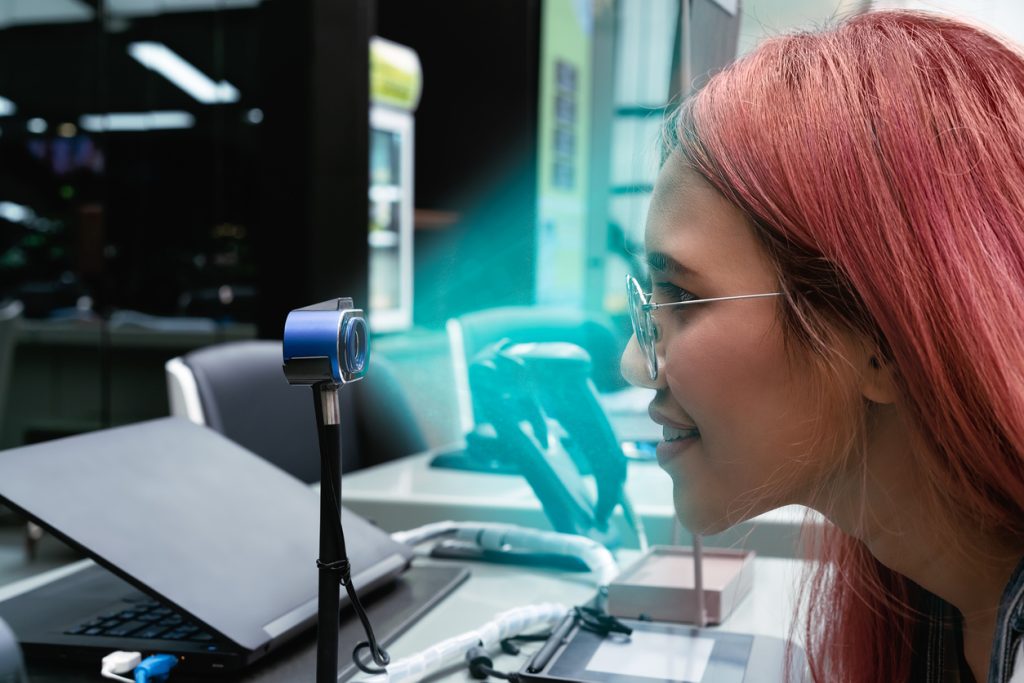Imagine paying for your morning coffee with nothing more than a fingerprint or a quick facial scan. Biometric payments—transactions authenticated through unique physical or behavioral characteristics—are moving from science fiction to reality, signaling a dramatic shift in the way we conduct financial transactions. Credit cards have enjoyed decades of dominance, but the rise of biometric technology suggests a future where paying with your finger or face could become the new normal.
What Are Biometric Payments, and How Do They Work?
Biometric payments use features such as fingerprints, facial recognition, or voice authentication to verify a person’s identity. Unlike traditional payment methods that rely on PINs or physical cards, biometrics leverage unique personal attributes, making security stronger and fraud less likely.
Generally, the process unfolds in a few steps:
- Enrollment – The user’s biometric data, like a fingerprint or facial image, is captured and securely stored with the payment provider.
- Authentication – During a transaction, the payment terminal or device scans the biometric feature and matches it to the stored profile.
- Payment Authorization – If the match is successful, the payment is approved instantly, no wallet needed.
By cutting out the need for cards or codes, this process dramatically increases convenience and speed.
Advantages of Biometric Payments Over Credit Cards
Although credit cards have paved the way for modern commerce, they’re far from perfect. Biometric payments offer several advantages that could make them the next big thing in payments.
Enhanced Security
Because biometric identifiers are unique to each individual, they are extremely difficult to forge or steal. Stolen cards or hacked PINs can lead to fraud, but duplicating someone’s fingerprint or iris is much less likely. Many biometric systems also encrypt data, adding even more protection.
Streamlined User Experience
Biometrics simplify the payment process. You no longer need to remember PINs, search for the right card, or carry a wallet. Since you always have your fingerprints or face with you, biometric payment systems make checkouts smoother and faster for everyone.
Rapid Transactions
Authenticating with biometrics takes only a second or two—much faster than swiping a card, entering a PIN, or signing a receipt. This speed can make lines shorter and improve customer satisfaction in busy retail environments.
Where Biometric Payments Are Already Making an Impact

Across various sectors, biometrics are gaining ground:
- Retail: Some stores have installed fingerprint or facial recognition terminals, allowing shoppers to pay hands-free. Amazon’s palm-scanning payment system is a notable example.
- Banking: Many apps already feature fingerprint or face unlocks for secure account access, and banks are piloting ATMs that use biometrics in place of physical cards.
- Public Transport: Cities like Beijing have rolled out subway payments using facial recognition, helping streamline commuter flow.
The Main Challenges Holding Biometric Payments Back
Despite their promise, biometric payments aren’t without obstacles.
- Privacy Concerns: Collecting and storing sensitive biometric data means customers must trust that their information will be handled securely. Clear privacy policies and strong regulations are essential.
- Technology Barriers: No system is perfect—false positives or negatives can occur, and installing reliable biometric technology at scale isn’t cheap.
- Legal and Ethical Issues: How organizations use and share biometric data remains a major concern. Robust guidelines are needed to prevent misuse and abuse.
What the Future Holds
The future looks promising for biometric payments. Advances in artificial intelligence are making biometric systems more accurate and harder to compromise. As consumers seek convenience and security, more companies are likely to invest in this technology.
With further innovation and stricter privacy standards, biometric payments could easily overtake credit cards. Soon, paying with a fingerprint, voice, or face may feel as routine as using a credit card—only with faster transactions and stronger protection.
Biometric payments won’t replace credit cards overnight, but the transition is already underway. The real question isn’t if, but when, your next purchase will be just a look or a touch away.



